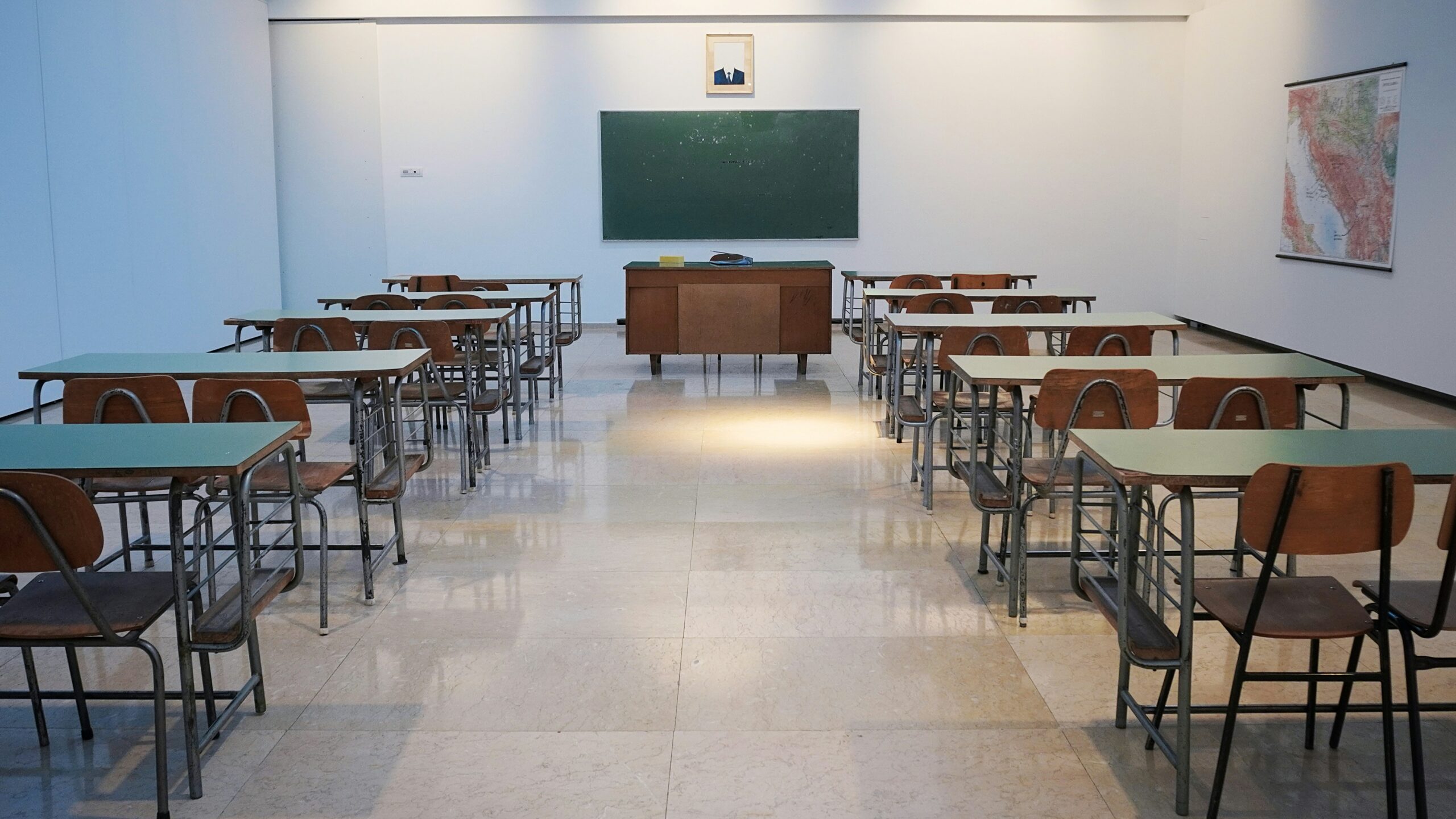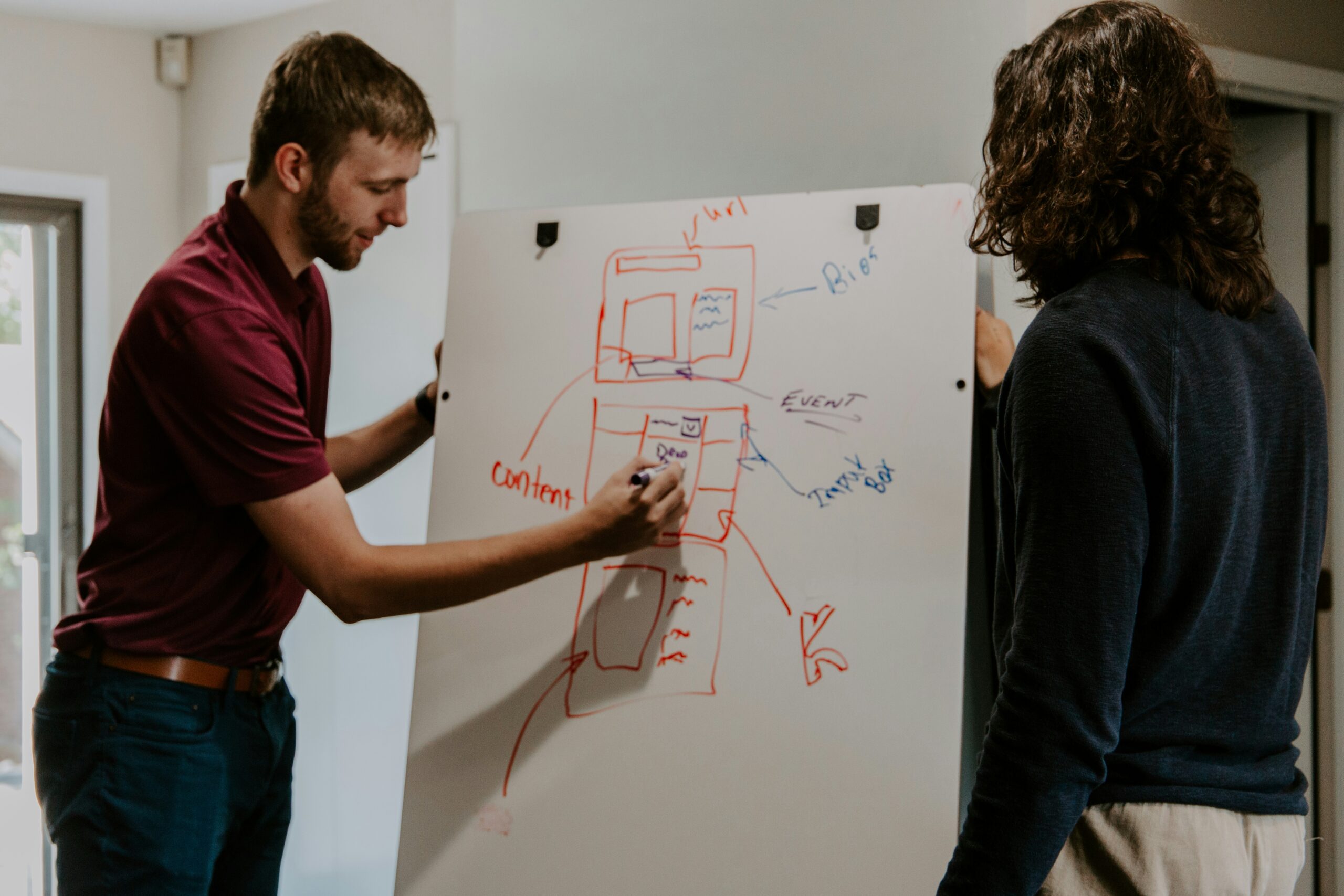
Innovative teaching methods for special education
Special education is a vital component of the educational system, dedicated to meeting the unique needs of students with disabilities. It involves tailored instruction designed to help these students achieve academic success and reach their full potential. Innovative teaching methods play a crucial role in this process, ensuring that all students receive an equitable education. This article explores several innovative teaching methods that are transforming special education, enhancing learning experiences, and promoting better outcomes for students with special needs.
Differentiated Instruction
Differentiated instruction is an approach that involves tailoring teaching methods to meet the diverse needs of students. In special education, this means adapting lessons to accommodate various learning styles, abilities, and interests. Teachers can differentiate instruction by modifying content, processes, products, and learning environments.
Content
Content differentiation involves varying what students learn. For example, a teacher might use simplified texts or provide additional visual aids for students who struggle with reading. In contrast, more advanced materials might be provided to students who excel in a particular subject.
Process
Process differentiation refers to varying how students learn the content. This might include using different instructional strategies such as hands-on activities, cooperative learning groups, or technology-based instruction. For instance, a student with attention difficulties might benefit from interactive, multimedia lessons that keep them engaged.

Product
Product differentiation involves varying the ways students demonstrate their understanding. Instead of traditional tests, students might create projects, presentations, or portfolios. This allows students to showcase their knowledge in a way that aligns with their strengths and interests.
Learning Environment
Differentiating the learning environment means creating a classroom setup that meets the needs of all students. This could involve arranging the classroom to minimize distractions for students with ADHD or providing quiet spaces for students who need a calm area to focus.
Universal Design for Learning (UDL)
Universal Design for Learning (UDL) is a framework that aims to make learning accessible to all students by providing multiple means of engagement, representation, and expression. UDL principles guide teachers in creating flexible learning environments that accommodate diverse learners.
Engagement
UDL emphasizes the importance of engaging students by providing multiple ways to motivate them. This might include offering choices in how they complete assignments, incorporating student interests into lessons, or using gamified learning activities to make learning fun and interactive.
Representation
Providing multiple means of representation ensures that information is accessible to all students. Teachers can use various media, such as videos, diagrams, and audio recordings, to present information. This helps students with different learning styles and sensory impairments understand the material.
Expression
UDL encourages teachers to allow students multiple ways to express what they have learned. This could include writing, speaking, drawing, or using assistive technology. By offering various options, students can choose the method that best suits their abilities and preferences.
Assistive Technology
Assistive technology (AT) plays a significant role in special education by providing tools that help students overcome barriers to learning. These technologies range from low-tech solutions, like pencil grips and graphic organizers, to high-tech devices, such as speech-to-text software and communication devices.
Low-Tech Solutions
Low-tech assistive technologies are simple tools that support learning. Examples include large-print books for students with visual impairments, graphic organizers to help students with learning disabilities organize their thoughts, and adaptive writing tools for students with fine motor difficulties.
High-Tech Solutions
High-tech assistive technologies include advanced devices and software that provide significant support to students with disabilities. Speech-to-text software allows students with dyslexia or other reading disabilities to compose written work using their voice. Augmentative and alternative communication (AAC) devices help non-verbal students communicate with others.
Integration of Assistive Technology
Integrating assistive technology into the classroom requires careful planning and training. Teachers need to be familiar with the tools and understand how to use them effectively. Professional development and collaboration with specialists, such as occupational therapists and speech-language pathologists, are essential for successful implementation.
Multi-Sensory Learning
Multi-sensory learning involves engaging multiple senses simultaneously to enhance learning. This approach is particularly beneficial for students with special needs, as it helps reinforce concepts and improves retention.
Visual, Auditory, and Kinesthetic Modalities
Teachers can incorporate visual, auditory, and kinesthetic modalities into their lessons to create a rich, multi-sensory experience. For example, a lesson on the water cycle might include visual aids like diagrams and videos, auditory components like songs or lectures, and kinesthetic activities like hands-on experiments.
Benefits of Multi-Sensory Learning
Multi-sensory learning helps students with various disabilities by providing multiple pathways to understanding. For example, students with dyslexia may benefit from seeing words, hearing them read aloud, and using tactile activities to practice spelling. This approach can also help students with attention deficits stay engaged by providing varied and interactive learning experiences.
Project-Based Learning (PBL)
Project-Based Learning (PBL) is an instructional method where students learn by actively engaging in real-world and meaningful projects. This approach fosters critical thinking, problem-solving, and collaboration skills.
Relevance and Engagement
PBL makes learning relevant by connecting it to real-world issues and challenges. For students with special needs, this relevance can enhance motivation and engagement. For example, a project on creating a community garden can teach students about science, math, and teamwork while providing a tangible and meaningful outcome.
Scaffolding and Support
In a PBL framework, teachers provide scaffolding and support to help students succeed. This might include breaking projects into manageable steps, providing graphic organizers to plan their work, or offering regular check-ins to monitor progress. By tailoring support to individual needs, teachers can ensure that all students can participate and benefit from PBL.
Social-Emotional Learning (SEL)
Social-Emotional Learning (SEL) focuses on developing students’ social and emotional skills, which are crucial for academic and life success. SEL is particularly important for students with special needs, who may struggle with social interactions and emotional regulation.
Integrating SEL into the Curriculum
Teachers can integrate SEL into the curriculum through explicit instruction and by creating a supportive classroom environment. Lessons on empathy, self-regulation, and conflict resolution can be incorporated into daily activities. For example, teachers can use role-playing scenarios to teach students how to handle social situations.
Benefits of SEL
SEL helps students develop skills that are essential for learning and life. For students with special needs, these skills can improve their ability to interact with peers, manage stress, and stay focused on tasks. By fostering a positive and inclusive classroom culture, SEL can enhance students’ overall well-being and academic success.
Collaboration and Team Teaching
Collaboration among educators and specialists is key to effective special education. Team teaching, where general and special education teachers co-teach in the same classroom, provides a supportive learning environment for all students.
Benefits of Team Teaching
Team teaching allows for more individualized instruction and support. With two teachers in the classroom, students receive more attention and can benefit from the expertise of both educators. This approach also promotes inclusive education by allowing students with special needs to learn alongside their peers.

Strategies for Successful Collaboration
Successful collaboration requires effective communication and planning. Teachers should regularly meet to discuss student progress, share strategies, and plan lessons. Professional development opportunities can also help educators develop the skills needed for effective collaboration.
Conclusion
Innovative teaching methods are transforming special education by providing diverse and flexible approaches to meet the unique needs of students with disabilities. Differentiated instruction, Universal Design for Learning, assistive technology, multi-sensory learning, project-based learning, social-emotional learning, and collaboration are just a few of the strategies that can enhance learning experiences and promote better outcomes. By embracing these methods, educators can ensure that all students receive an equitable and high-quality education.


